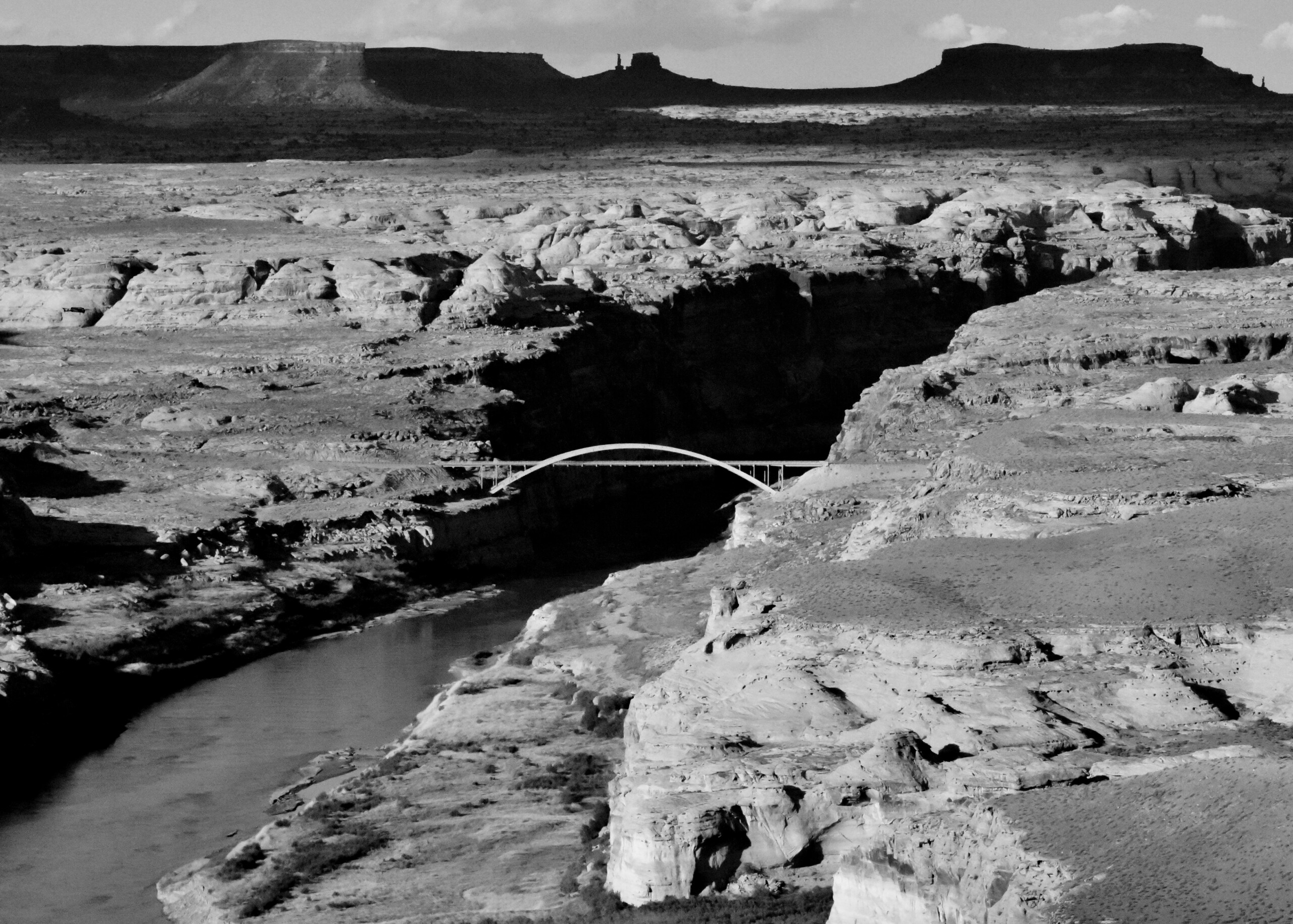Empathy and Equity. These are en-vogue terms right now in the water world. And rightfully so. But it is a lot easier to utter them than it is to implement empathetic and equitable policies. Last week, many speakers at the Getches-Wilkinson/Colorado River Water and Tribes Initiative conference articulated those words. Tribal representatives, the Commissioner of Reclamation, former Interior Secretary Bruce Babbitt, water managers, farmers, academics, and NGOs all pontificated on the fate of the Colorado River and their perceived notions of empathy and equity. All these disparate interests have their own definitions of those words. But, as you know, there is no consensus on what equity and empathy really look like in practice. The refrains you’ve read in the media over the past few years were mostly the same, notwithstanding the wet winter. Some say balance the reservoirs and rewrite the laws. Others say give tribes what they are owed under the law. A couple mention feeding the nation. A few say there should be water for wildlife. None of the water buffaloes say decommission Glen Canyon Dam. No one is talking about a moratorium on Colorado-river dependent sprawl. The above sentiments illustrate the tensions that are palpable and not going away anytime soon in the Colorado River Basin and every other basin in the Western U.S. Here are my takeaways from the event: Congress is going to have to open up its checkbook again and again: Water managers from six of the seven basin states were emphatic: The latest deal to conserve 3 million acre-feet between now and 2026 wouldn’t have happened without all the billions’ worth of COVID money and Inflation Reduction Act money slated for the Colorado River and tribal settlement programs. In recent weeks, there have been many opinion pieces bemoaning the federal funds going to pay farmers to fallow fields. I disagree with the fiscal conservative lament in this case. Taxpayers spent hundreds of billions to build the current system. And Congress wrote the laws. And, in many cases, water managers knew that the water didn’t exist to build the system. But they built the system anyway. It is going to cost considerable sums to find a balance, which will require paying senior rights holders. The nagging question: How long will Congress fund temporary payments until it decides to do buyouts? No one answered this question: Are we repurposing or conserving? Time and again, top academics like Brad Udall said that we must “balance the reservoirs” (a sentiment that deserves a whole rant in itself). But what we forget to do is ask whether conserved water remains in a reservoir or if water managers repurpose the savings. Vegas is the prime example. The community has cut Colorado River water use by 84,000 acre-feet since 2002 and added 750,000 new residents. The net effect is a reduction in consumptive use. We’ve lost 20 percent of river flows in 20 years and the best scientists expect that to double –– which is why we worry about Vegas sprawl. California magnifies the conserving vs repurposing debate. For the past 15 years, water that once went to Imperial County farmers now goes to Los Angeles via a complex agreement known as the QSA. A reduction of consumptive uses for the farmers led to new uses for Metropolitan areas. This tension between repurposing and conserving will be of paramount importance for the future. New uses depending on existing water rights will not lead to net decreases in consumption. There’s no plan for tribes: The tribes have senior water rights that account for 25 percent of the river. A fraction of those rights are fulfilled. In other words, tribes are using about 2 million acre-feet of their rights. And they have claims to a total of between 3.2 and 3.8 Million acre-feet. How will the federal government and the states find an additional 1 million acre-feet –– or commensurate compensation –– is not yet known. By my math, there is no way to balance the reservoirs and fulfill these obligations. But Congress has appropriated, via the Inflation Reduction act, $2.5 billion for settlements. There’s no plan for the environment: No one mentioned any meaningful plan for aquatic, avian, and other species on the river as we deal with the ongoing crisis. Farmers aren’t evil: We say this often at GBWN – wagging the finger at farmers won’t point us in the right direction. Officials from irrigation districts helped create the problem we are in, but they will also be an essential part of the solution (as they were in the latest deal). Taking water away from ag communities is about more than fallowing fields of alfalfa. It is about looking at a new way of feeding the nation and keeping water on the fields that wildlife has come to rely on in the wake of considerable habitat loss in the 20th Century. If water managers want to balance the system with the senior rights of Western Arizona and Southern California agricultural water, it will cost big money to implement more programs to fallow, build efficiencies, switch crops, and ensure that communities remain resilient. Kyle Roerink Executive Director | 